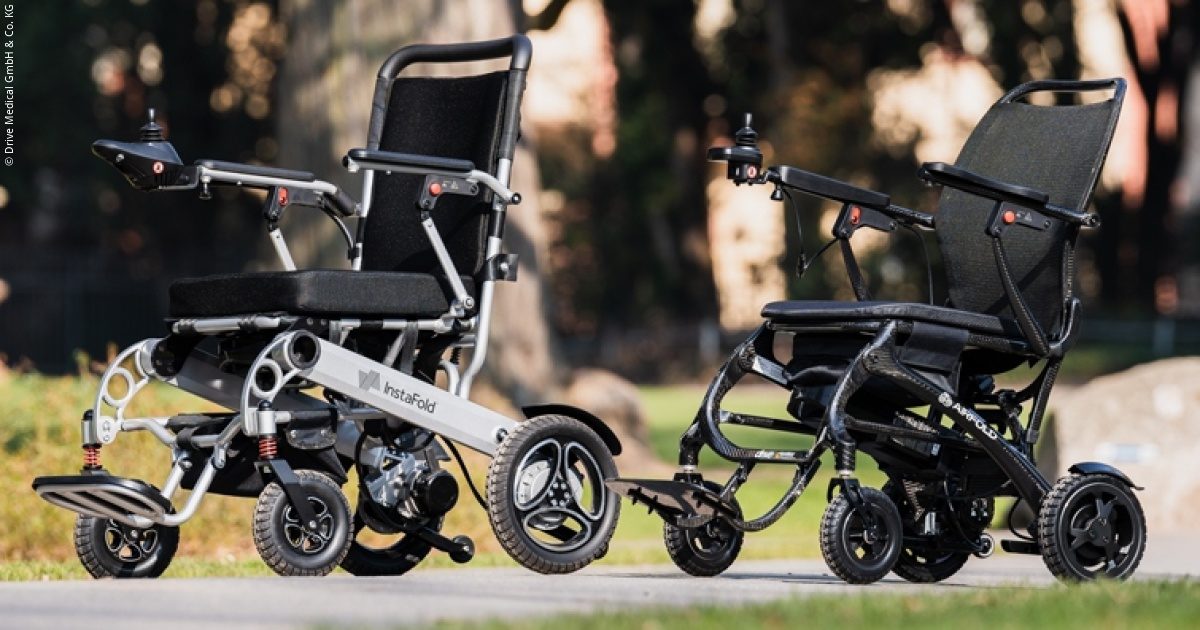Making Your Home a Safe and Affordable Haven for Aging in Place

There’s something special about staying in your own home as you grow older. The familiar creak of the floorboards, the cozy chair by the window, the memories tucked into every corner—these things bring comfort and a sense of independence. For many seniors, aging in place is the dream, and it’s totally doable with some thoughtful planning. Whether it’s finding affordable homes nearby, making your space more accessible, or tackling home repairs, you can create a safe and comfortable home that works for you. Let’s walk through some practical tips to make your home a perfect fit for your golden years.
Related: 5 Home Decor Items You Should Buy Online
Why Staying Home Feels So Right
Most of us want to stay in our homes as we age. A 2021 AARP survey found that 77% of people over 50 prefer to age in place, and it’s easy to see why. Your home is more than just a building—it’s where you’ve built your life. But to make it work long-term, you’ll need to think about affordability, safety, and a few tweaks to keep things manageable. Let’s dive into how to make that happen.
Finding Affordable Homes Nearby
If you’re thinking about downsizing or moving closer to family, finding an affordable home nearby is a great starting point. Fixed incomes like Social Security or pensions can make housing costs feel overwhelming, but there are ways to keep things budget-friendly:
-
Check Out Senior Housing Programs: Programs like Section 202 Supportive Housing for the Elderly offer low-cost rentals for seniors with limited incomes. Some even come with extras like transportation or meal services, which can be a game-changer.
-
Try Shared Living: Ever thought about having a housemate? Platforms like Silvernest pair seniors with compatible roommates, which can cut costs and even spark new friendships.
-
Look for Local Breaks: Many towns offer property tax relief or exemptions for seniors. A quick call to your local Area Agency on Aging can uncover these hidden gems.
-
Downsize Smartly: Moving to a smaller home or apartment nearby can save on upkeep and utilities. A single-story condo or a cozy bungalow might be just the ticket.
With a bit of research, you can find a place that feels like home without breaking the bank.
Making Your Home Accessible and Safe
If you’re staying put, making your home easier to navigate is key. As we age, things like stairs or narrow doorways can become tricky. A few changes can keep your home safe and let you move around with confidence:
-
Add Ramps and Handrails: Swap out steps for a gentle ramp at the front door, and add sturdy handrails along walkways or stairs. It’s a simple way to prevent trips and falls.
-
Widen Doorways: If you use a walker or wheelchair, widening doorways to at least 36 inches makes getting around so much easier.
-
Grab Bars and Non-Slip Floors: Bathrooms can be slippery, so install grab bars near the toilet and shower. Non-slip flooring in the kitchen and bath adds an extra layer of safety.
-
Brighten Things Up: Good lighting is a must. Motion-sensor lights in hallways or staircases are super handy for nighttime trips to the kitchen.
-
Switch to Levers: If arthritis makes turning doorknobs or faucets tough, lever-style handles are a lifesaver.
Worried about the cost? Programs like HUD’s home modification grants or local nonprofits can help cover expenses. Sometimes, Medicare or Medicaid might chip in if the changes are medically necessary. It’s worth checking out!
Tackling Home Repairs for Seniors
Older homes often need a little TLC, but repairs can feel overwhelming, especially if you’re on a tight budget or can’t climb a ladder like you used to. Keeping your home in good shape is crucial for safety, so here’s how to handle it:
-
Tap Into Community Help: Groups like Rebuilding Together offer free or low-cost repairs for seniors, fixing things like leaky roofs or faulty wiring. Local churches or charities might have similar programs.
-
Hire Trustworthy Pros: For bigger jobs, find a licensed contractor who knows senior-friendly upgrades. Get a few quotes to keep costs down, and always check references to steer clear of scams.
-
Use Home Equity Wisely: If you’ve got equity in your home, a home equity loan or reverse mortgage could fund repairs. Talk to a financial advisor to make sure it’s the right move.
-
Focus on What Matters: Prioritize repairs that keep you safe, like fixing loose stairs, patching up floors, or updating old electrical systems.
Little things, like checking smoke detectors or clearing gutters, can prevent bigger problems later. Don’t be shy about asking family or neighbors for help with small tasks—it can save you money and build community.
Tech and Support to Stay Independent
Technology and a bit of extra help can make living at home even easier. Here are some tools and services to consider:
-
Medical Alert Systems: A wearable device like Life Alert or Philips Lifeline can connect you to help in an emergency, giving you and your loved ones peace of mind.
-
Smart Home Gadgets: Voice assistants like Alexa can turn on lights, adjust the thermostat, or even lock doors without you lifting a finger. Smart doorbells with cameras let you see who’s at the door from your phone.
-
In-Home Care: If you need help with cooking, cleaning, or personal care, in-home caregivers can step in. Check if Medicaid’s Home and Community-Based Services covers these for you.
-
Community Connections: Local senior centers often offer meals, rides, or fun activities to keep you engaged and connected.
Keeping It Affordable Long-Term
Staying on top of finances is just as important as fixing up your home. Here are a few ways to stretch your dollars:
-
Make a Budget: Track your spending with apps like Mint to keep housing and healthcare costs in check.
-
Consider a Reverse Mortgage: If you’re over 62 and own your home, a reverse mortgage can provide extra cash for repairs or bills. Just be sure to understand the trade-offs.
-
Get Utility Help: Programs like LIHEAP can help with heating or cooling bills, leaving more room in your budget.
The Joy of Staying Home
Aging in place isn’t just about practicality—it’s about staying in a place that feels like you. The familiar sights, sounds, and neighbors make all the difference. With affordable housing options, a few accessibility tweaks, timely repairs, and some smart tech, you can keep living life on your terms.
Related: When is the Best Time of the Year to Buy Home Appliances?
Wrapping It Up
Your home can be a safe, affordable, and joyful place to spend your later years. Whether you’re making small changes like adding grab bars or exploring new housing options, there’s a path to aging in place that works for you. Reach out to your local Area Agency on Aging or check HUD’s website for resources on senior housing and home upgrades. Here’s to creating a home that supports you every step of the way!
ADVERTISEMENT





